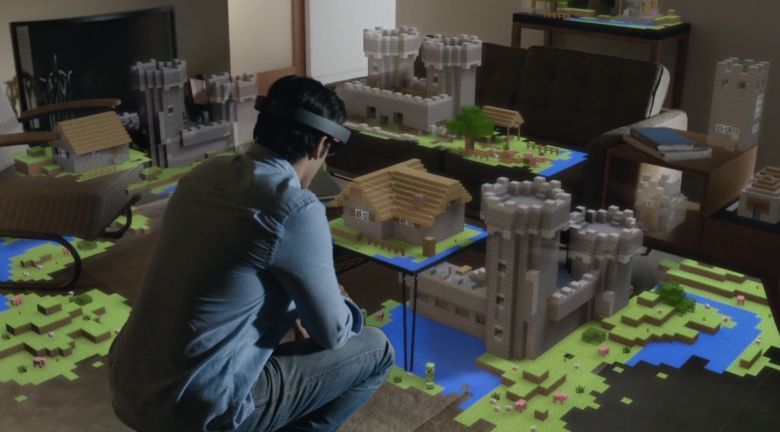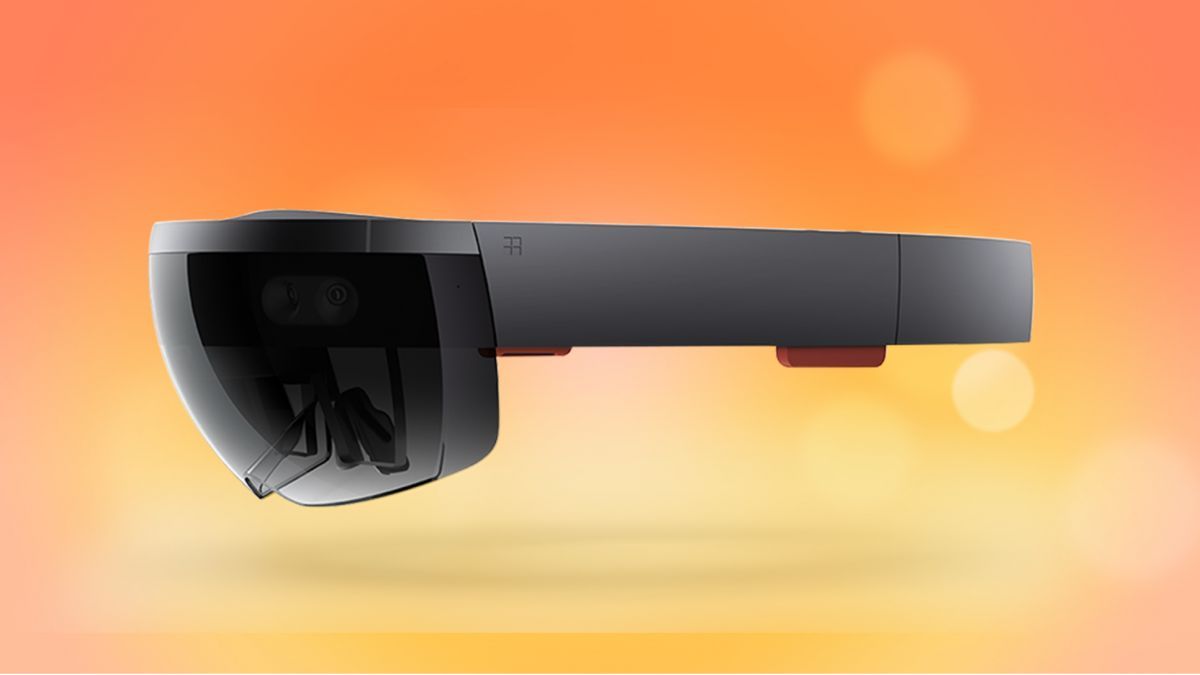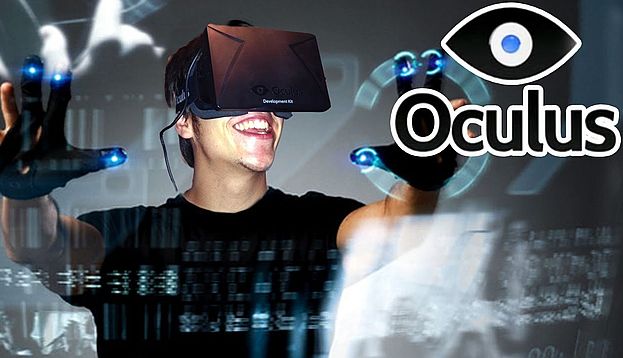This year promises to be a banner one for interesting new gaming hardware, both accessories and platforms. There’s everything from Razer’s Forge TV box and other Android TV devices, various flavors of VR and AR including Oculus Rift, Sony’s Project Morpheus, Microsoft HoloLens, and Magic Leap; possible new hardware from Alibaba, an Apple TV with games, Steam Boxes, and a whole array of wearables, controllers, and other hardware that promises to revolutionize gaming to a greater or lesser degree.
One thing we can count on is that each of these devices will find varying degrees of success, despite the fact that each represents a non-trivial investment and time and effort — not to mention the opportunity costs of what else those companies could have spent their time creating.
You’d think that with so many examples of new gaming hardware, both successful and unsuccessful, from past years and decades, that companies would have figured out what makes some new hardware soar and what makes some crater. Apparently not, though, or perhaps it’s that hubris overwhelms rational analysis and planning far more often than it should.
Don’t rely on outside developers
Whatever it is that you think your new gaming hardware can do that’s exciting and worthy of the time and money of a vast audience, you have to be the company that delivers it — and it has to come with the hardware, or be available right at the same time. More than that, while it may seem like new hardware could enable some cool games, you have to demonstrate that.
The Kinect and the Move are perfect examples of this principle. Sure, the Wii had demonstrated that motion control was pretty cool and could attract tens of millions of new gamers — when the price was right, and the timing was right, and the games were easy and new. No doubt it seemed clear to Sony and Microsoft that they needed their own motion control hardware to jump in on this new style of gaming. But as it turned out, the Wii had already captured the casual gamers, and the more hardcore gamers weren’t interested in motion control unless it made a difference to the games they liked. It turned out that the Kinect and the Move couldn’t be used with more hardcore games for a variety of reasons. The overhead that hardware took was just too much, and even more important was the fact that no one really came up with a good reason to use that hardware in a hardcore game, anyway.
The problem continued with Kinect 2.0, which was a substantially better piece of hardware in every way (except cost). So Microsoft included it with the Xbox One, hoping that developers would seize upon it and build its capabilities into all kinds of games, and that it would lead to much more fun games as a result. But designers never really figured out a way to use it in most games, and no one wanted to go to the extra time and trouble to do that. Ultimately the Kinect never delivered a better gaming experience, and so Microsoft dropped it in order to make the Xbox One competitive — and sales soared.
Maybe there is a really cool game waiting to be delivered for the Kinect, but if Microsoft doesn’t it create it, no one will. It seems like Oculus understands this, because they’ve gone to the effort of setting up a publishing operation under veteran Jason Rubin. So does Magic Leap, hiring veteran Graeme Devine to get some games developed.
 Holocraft demo
Holocraft demo
Don’t shut out outside developers
On the other hand, you can’t have a really successful piece of gaming hardware these days without third-party support. That’s why console developers have made it a priority to attract developers, even reaching out (with this new generation of consoles) to the formerly despised indie developers. Where you used to have to spend six figures to get development systems for consoles, now it’s cheap, and the bureaucratic nightmares you once had to navigate are substantially improved. The tools are a damn sight better, and cheaper, too.
It seems like most manufacturers have figured this one out, but it’s still not easy. Developers have plenty of platforms that they can target, so you have to convince them to make an effort for yours. That’s a long-term courtship, and you’re going to have to kiss a lot of frogs to generate a prince or two. Better stock up on flies to hand out at trade shows, too, to bring the frogs over to your booth. Good luck!
Don’t undercapitalize
While you’re planning this world-changing piece of hardware, don’t do it on a shoestring. You need plenty of capital to not only design and manufacture the hardware, and build sufficient inventory, you have to fund software development, developer relations, and you’d better have a strong marketing operation planned as well. Don’t forget to build and sustain your community, and have a creative and ongoing PR team, too.
Why go to all this effort Won’t all that show up just because you built a really cool widget Once upon a time, perhaps. But we’re in a world where new, cool widgets are arriving all the time. There’s plenty of competition for attention, even in the category of exciting new hardware that can play games. You’ve got to be ready to succeed for the long term, and that means piles of cash when you’re talking about hardware.
Deliver an experience, not just hardware
It’s not the door that’s important, it’s what you get when you walk through the door. Any piece of gaming hardware is an expensive paperweight without an impressive experience that it delivers. When you hear some hardware company proclaim “We can’t wait to see what happens when developers get their hands on this!” it’s a code for “We’re not really sure what people are going to like about this, but it gives great demo.”
 Microsoft HoloLens
Microsoft HoloLens
Snazzy videos showing beautiful people in rendered visualizations of supposedly fun gaming experiences are one thing; actually playing a game yourself and having fun is quite another. The correct response when you see a trailer for a new game or a new piece of gaming hardware is “Looks great, I’ll be interested to try it out for myself.” So hardware companies need to make sure they have something fun before the hardware ships, and confirm that by getting a lot of people to go hands on with it. And not just with a demo, but an actual game.
Don’t forget price is a critical feature
Price does more than many other features in defining an audience and sales figures. Just ask Microsoft about Xbox One sales at $499 and Xbox One sales at $349. Yes, it’s crass and crude, and not elegant like the beautifully machined casing or the gorgeous screen resolution, but when customers are in the store the price tag has a huge effect on whether or not they will take something home. An Oculus Rift at $199 is a whole different thing than an Oculus Rift at $399, or at $999. Analyze your intended market carefully, and how much they have to spend on your type of device. Yes, your hardware may be unlike anything else… but customers have other entertainment options at a variety of price points. Be competitive from the start, or you may never reach flight speed, much less orbital velocity.
Build a platform, not just a device
New gaming hardware, to reach high levels of success, needs to be a platform – someplace where a lot of people can stand and create more excitement and reasons to buy the hardware. That’s why console makers are so concerned about courting developers, and why those console sales figures are so important to them. Developers decide on platforms based on how big the installed base is, and yours is half the size of the other hardware, you just moved down the list.
It’s also about ease of development, share of revenue, quality of tools, and just how difficult it is to deal with your company. If you can’t attract the third-party developers, your success is determined by how much software you can develop and ship. This is Nintendo’s biggest problem right now – the Wii U is pretty much abandoned by major game publishers, and so its sales are largely tied to how often Nintendo can ship major new games for the Wii U. That turns out to be no more than a few times a year, which is not enough to generate great sales… and so third-party publishers continue to stay away. Breaking that cycle is difficult.
Timing is critical
Finally, while you want the hardware to be great, you can’t wait forever. Your competition may come out far enough in advance of you to steal your market, even if your product is ultimately better. Oculus may be the best VR helmet, but if Project Morpheus beats it to market by a year and does a pretty good job, that may leave the Oculus too far behind to catch up. You also have to make sure your software is ready at the same time as the hardware. Nintendo’s Wii U would have had a far better launch if titles like Mario Kart 8 and Super Smash Bros. had been available its first Christmas, rather than its second.Â
Hardware companies should in fact know all of these things already, yet they will probably go on making mistakes in launching new hardware for a wide variety of reasons. Pass the popcorn, because this year promises to have some very interesting launches for gaming hardware. Let’s hope most of them are successful.

